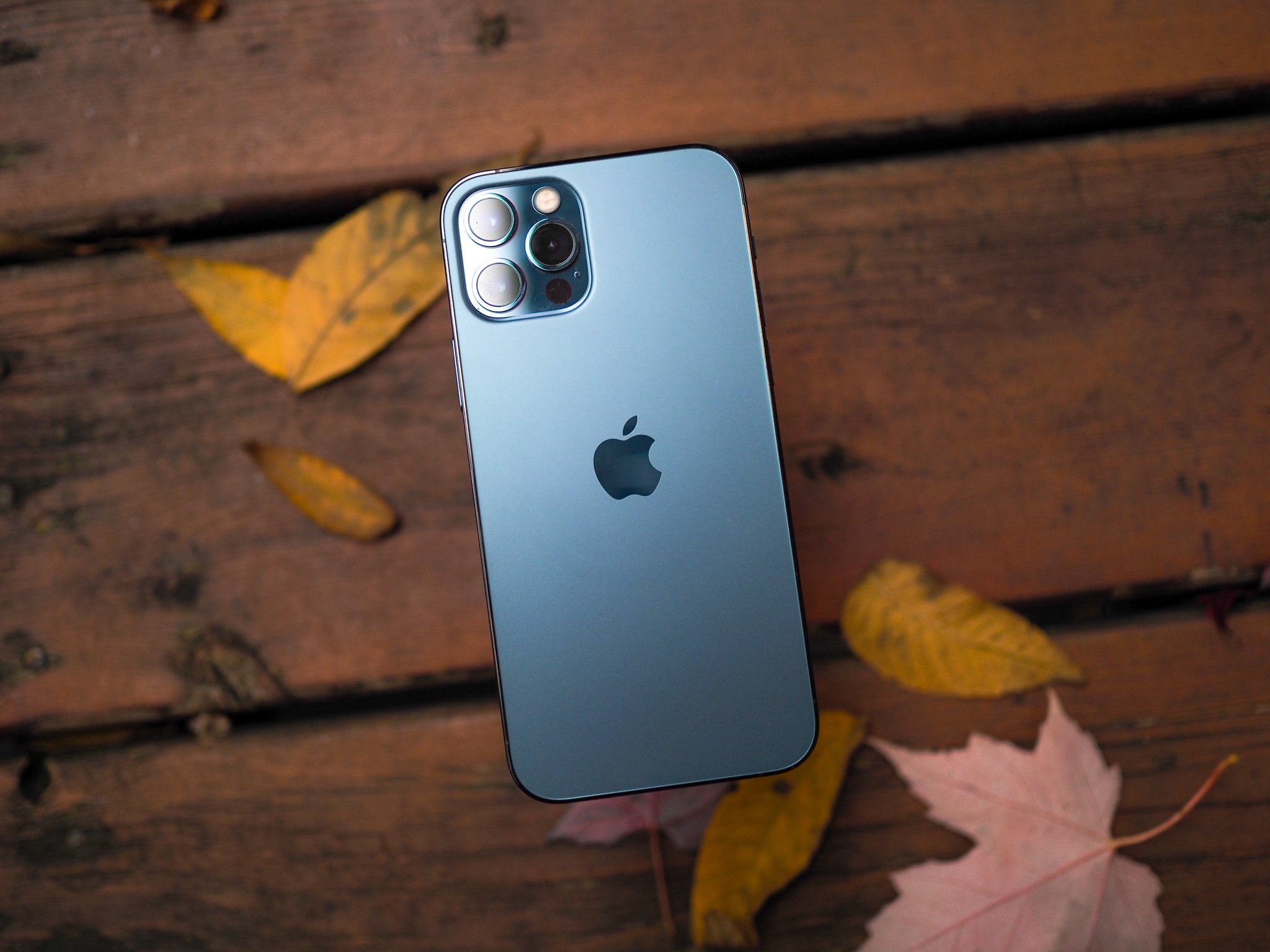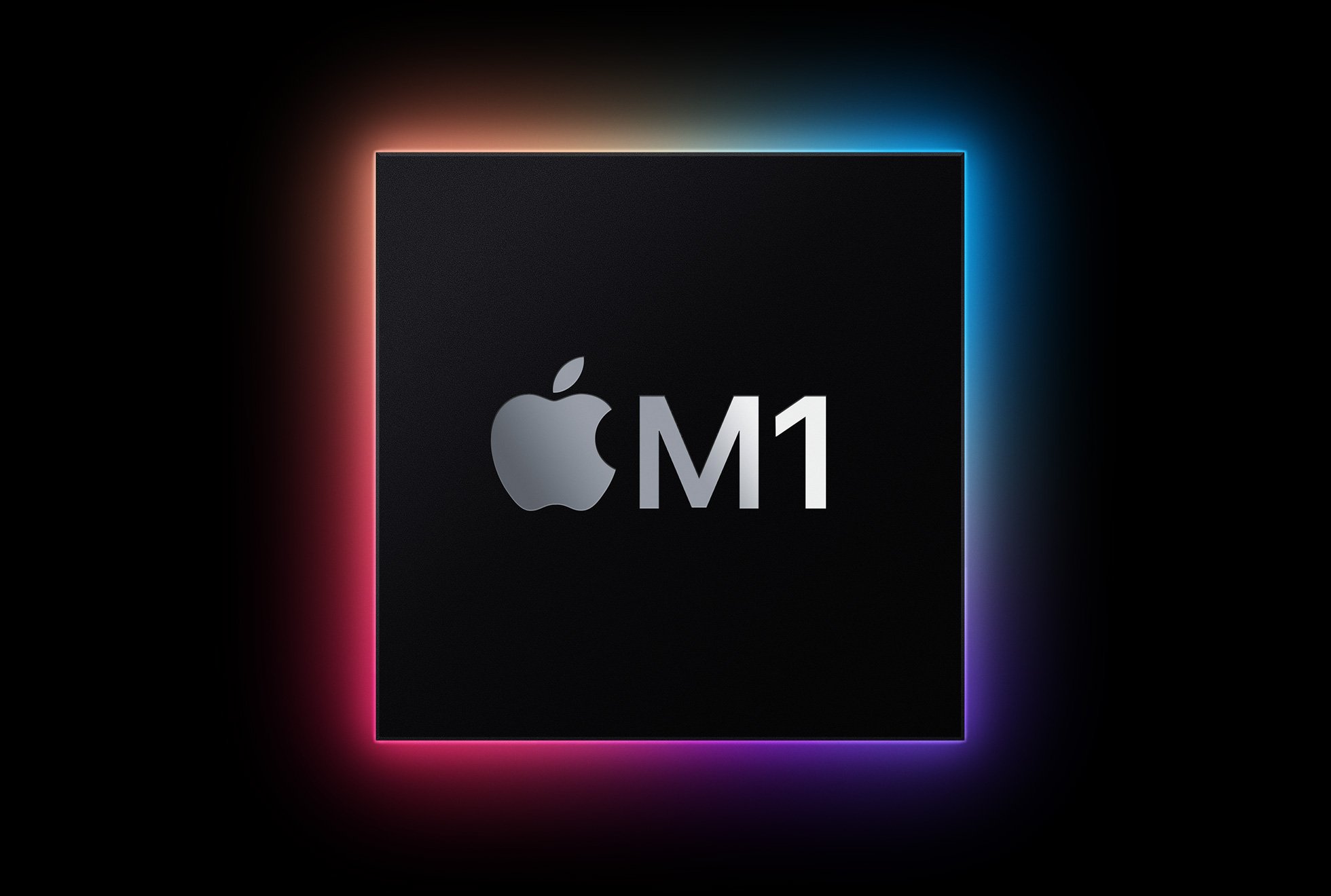M1 iPhone — Is Apple doing it?

"When's Apple putting M1 in the iPhone?" "If Apple puts M1 in the iPhone, I will switch from Android!" "Apple simply must put M1 in the iPhone — nothing else will satisfy fans!" "Will the iPhone 13 arrive with an M1 inside?"
You all are seriously, seriously burning my comments and mentions and feeds to the ground with all this M1 iPhone lust in your hearts! And I am SO here for it!
Meet M1
M1 is Apple's 11th-generation architecture, system on a chip, silicon sandwich for ultra-low power Macs and, now, the iPad Pro. For the custom CPU, it's got four of Apple's Icestorm efficiency cores and four Firestorm performance cores. Not that Firestorm… And those integrate the Apple Scaler Matrix Multiplication accelerators, or, mercifully, AMX.
For the GPU, it's got eight of Apple's custom graphics cores (which I'm still all kind of salty aren't called Shaderstorm this generation). In the base model MacBook Air and iMac, only seven of those cores are operational. That's just binning.
For the ANE, or Apple Neural Engine, which is more generically called a Neural Processing Unit or NPU, so that.. you know, it rhymes with CPU and GPU. (And I'm just going to keep calling Brainstorm. Not sorry!) The M1 has 16 cores for those.
There's the ISP, or image signal processor, which round-trips with the CPU and GPU to do all the increasingly fancy computational photo and video processing, the Secure Enclave for Touch ID, Face ID, device security, and all that OpSec jazz.
And the secret sauce, the performance controller and ML controller that are basically the boss of tasks and make sure the right compute units are operating on the right things at the right time to maximize power-as-in-performance while minimizing power-as-in-energy-consumption.
Master your iPhone in minutes
iMore offers spot-on advice and guidance from our team of experts, with decades of Apple device experience to lean on. Learn more with iMore!
Then there are the custom encode/decode blocks, display drivers, thunderbolt controllers, the hypervisor and x86 translation accelerators, and either 8GB or 16GB of Apple's high-efficiency tweaked LPDDR4X memory — unified memory — right on-package.
And… it's a tasty sandwich. Higher performance at better efficiency than anything else on the market… And… actually… higher performance at any efficiency than most anything else on the market.
So, what would it take to cram all that into the next iPhone?
Making M1 fit

M1 is big… physically big in terms of size and the thermal envelope it requires for its power draw. Around 26, 27 watts on average. Yes… it's an absolute compute unit by Apple standards.
And… it just won't fit in an iPhone. Which can handle like five to six watts. Yeah, not even a Pro Max. Not by a long shot. And that means we have to squeeze it down. Less of a silicon sandwich and more… a silicon slider. Still monstrous but like… aerodynamically monstrous. Less Ben Afleck Batman and more Christian Bale.
Keep it all 11th-generation IP, of course. Zero regression. But we can start with the stuff we know we don't need, like 16GB of RAM. iOS isn't Android. It's not interpreted. There's no garbage collection. It doesn't even swap like a traditional OS; just straight-up jetsam yotes anything that doesn't play nice right out of system memory. 8GB, hell, 6GB is more than enough.
No need for hypervisor or x86 acceleration either, as much as some of you might want to run Intel Mac apps on your phone… for the laughs. Because let's just not already. Same with the Thunderbolt controllers. As much as I'd personally love Thunderbolt, even just on the Pro line of iPhone, every damn side of Apple's magic 8-ball reads "No" for ports these days, which means even Lightning likely isn't long for this world.
We can keep all the encode/decode blocks, the Secure Enclave, because secure, the ISP, the 16 ANU cores, because those are all high demand and high efficiency, even on an iPhone. But all those GPU cores… the iPhone is size-constrained enough that no apps are really going to make use of them, so instead of eight, we can easily whittle that down to four.
Same with the CPU cores. Since each core is the same exact speed, the stuff we're doing on a phone doesn't require as massively multi-core many of them. We can keep the 4 efficiency cores but cut the performance cores down to two.
And that should get us down from the 26 to 27 watts of an iPad Pro or Mac to the five to six watts of an iPhone.
Apple silicon plot twist!
So, could Apple put that super-legere version of the M1 into the iPhone 13? Would they? Should they? No, hard no. Nope. Absolutely not. It would be a step back. A regression.
Because Apple already put just exactly that… into the iPhone 12.
11th-generation architecture, 4 efficiency cores, 2 performance cores, 4 graphics cores, 16 neural engine cores, AMX, ISP, and a partridge in a flipping pair tree… Or, more properly, A14 Bionic as the SoC.
Yeah, the A14 is the M1 jr. or rather, the M1 is the A14 X-tended. And they're not shipping it this fall in the next iPhone because they already shipped it last fall in the current iPhone.
It's done. You got it! M1 IP arrived. Fans serviced. Androids switch away!

Rene Ritchie is one of the most respected Apple analysts in the business, reaching a combined audience of over 40 million readers a month. His YouTube channel, Vector, has over 90 thousand subscribers and 14 million views and his podcasts, including Debug, have been downloaded over 20 million times. He also regularly co-hosts MacBreak Weekly for the TWiT network and co-hosted CES Live! and Talk Mobile. Based in Montreal, Rene is a former director of product marketing, web developer, and graphic designer. He's authored several books and appeared on numerous television and radio segments to discuss Apple and the technology industry. When not working, he likes to cook, grapple, and spend time with his friends and family.
